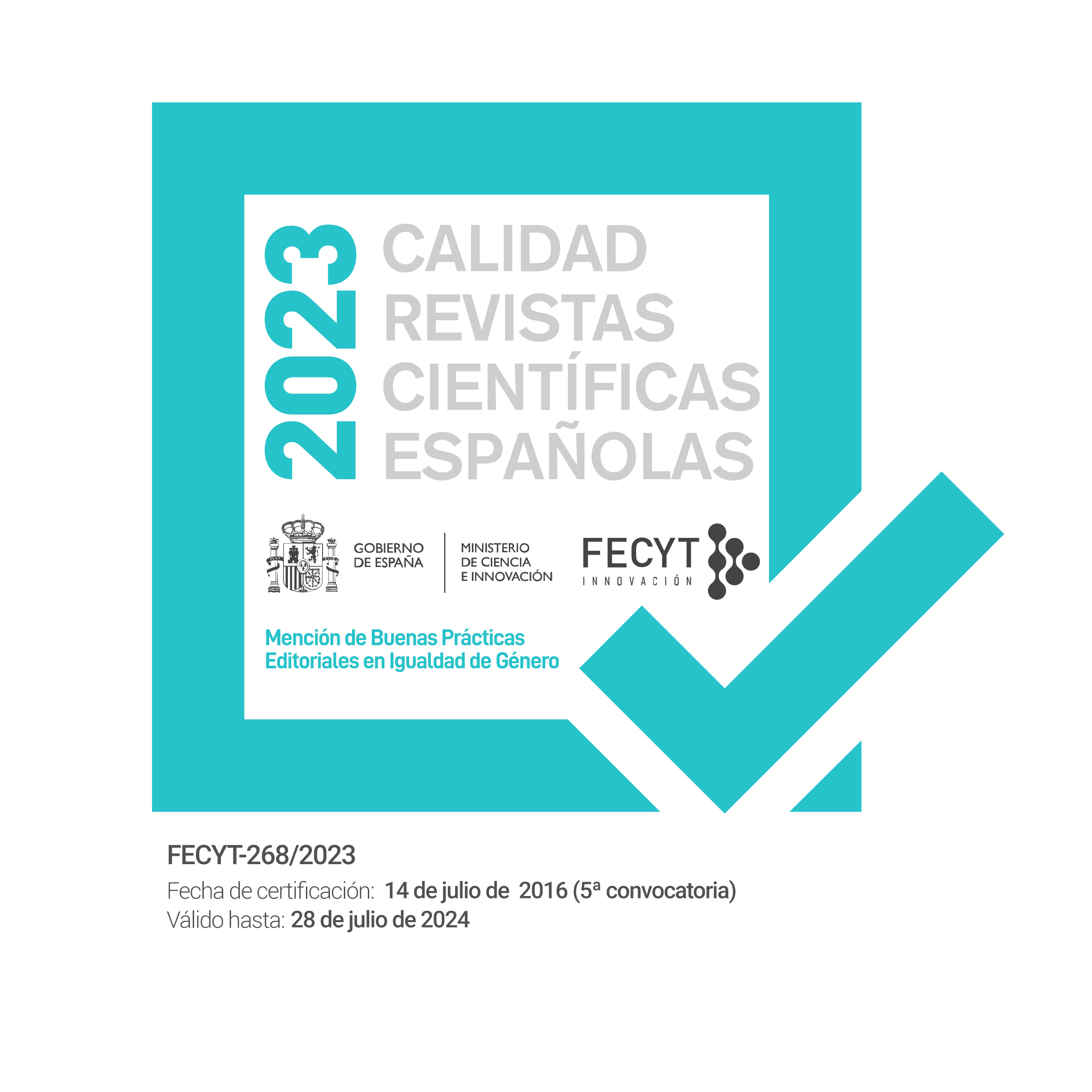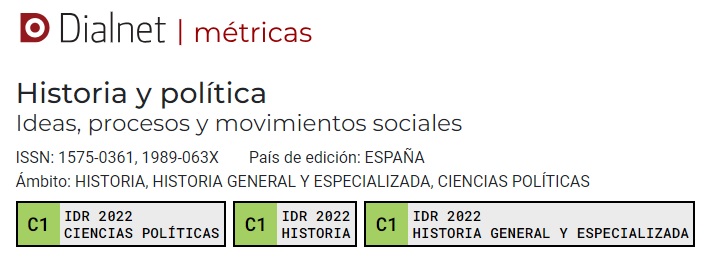America and the American in Twentieth-Century School History Textbooks
DOI:
https://doi.org/10.18042/hp.35.02Keywords:
America, Spain, history schoolbooks, uses of historyAbstract
This article discusses both the construction of the image of America in Spain as well as the meaning attributed to that imagery in twentieth-century Spanish national history textbooks for primary and secondary education. The study has, therefore, two main objectives: first, to point out the human and material elements by which America was characterized –and when these occurred– questioning whether America was presented to the students as an autonomous region independent of the European presence or merely as its subordinate. Secondly, to record the different meanings given to the episodes of the New World’s Discovery, Conquest and Colonization –and eventually the emancipation process– in the history of Spain. The political circumstances surrounding the production of these textbooks determined both meanings and imagery, as did the different pedagogical models that were used throughout the years. Such analysis can help us to understand how and to what extent Latin American became part of the Spaniards’ historical consciousness in the twentieth century.Downloads
Issue
Section
License
Copyright (c) 2016 Lara Campos Pérez

This work is licensed under a Creative Commons Attribution-NonCommercial-NoDerivatives 4.0 International License.
Authors whose contributions are accepted for publication in this journal, accept the following terms:
a. The authors retain their copyright and guarantee to the magazine the right of first publication of their work, which will be simultaneously subject to the Creative Commons Attribution License Attribution-Noncommercial-No derivative works 4.0 Spain, which allows third parties to share the work as long as its author and its first publication is indicated.
b. Authors may adopt other non-exclusive license agreements to distribute the version of the published work (e.g. deposit in an institutional repository or archive, or published in a monographic volume) provided the initial publication in this journal is indicated.
PLAGIARISM AND SCIENTIFIC FRAUD
The publication of work that infringes on intellectual property rights is the sole responsibility of the authors, including any conflicts that may occur regarding infringement of copyright. This includes, most importantly, conflicts related to the commission of plagiarism and/or scientific fraud.
Plagiarism is understood to include:
1. Presenting the work of others as your own.
2. Adopting words or ideas from other authors without due recognition.
3. Not using quotation marks or another distinctive format to distinguish literal quotations.
4. Giving incorrect information about the true source of a citation.
5. The paraphrasing of a source without mentioning the source.
6. Excessive paraphrasing, even if the source is mentioned.
Practices constituting scientific fraud are as follows:
1. Fabrication, falsification or omission of data and plagiarism.
2. Duplicate publication.
3. Conflicts of authorship.





